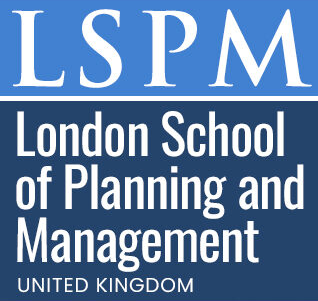Professional Certificate in Parametric Modeling for 3D Printed Structures
Published on June 20, 2025
About this Podcast
HOST: Welcome to the show, today we're talking about the Professional Certificate in Parametric Modeling for 3D Printed Structures. I'm excited to have our guest, an expert in this field, to share some insights. Can you tell us a bit about how you got started with parametric modeling and 3D printing? GUEST: Sure, I started working with digital design and CAD software about a decade ago. I quickly became fascinated by the potential of parametric modeling and 3D printing for creating complex structures. HOST: And that leads us to the course you helped develop. It's designed for engineers, architects, and designers looking to improve their skills in this area. How does this program stand out from other courses in the field? GUEST: This program focuses on the practical applications of parametric modeling and 3D printing, with an emphasis on developing parametric workflows and generating variations quickly. This enables students to create complex geometries and optimize designs for efficient additive manufacturing. HOST: That sounds really interesting. And as someone who's already working in the industry, what current trends are you seeing in parametric modeling and 3D printed structures? GUEST: There's a growing interest in generative design and topology optimization, as these techniques allow for the creation of innovative and efficient structures. Additionally, we're seeing a rise in the use of AI and machine learning to further enhance and automate the design process. HOST: Those are exciting developments. Now, every field has its challenges. What do you think are the biggest hurdles for professionals looking to learn or teach parametric modeling for 3D printed structures? GUEST: The rapidly changing technology and software in this field can make it challenging to stay up-to-date. Additionally, creating complex, optimized designs requires a solid understanding of both the theoretical and practical aspects of parametric modeling and 3D printing. HOST: That's true. But with the right education, like the Professional Certificate course you helped develop, professionals can stay ahead of the curve. Finally, how do you see the future of parametric modeling and 3D printed structures? GUEST: I think we'll continue to see increased adoption across industries, from construction and automotive to aerospace and healthcare. The potential for innovative, efficient designs is limitless, and I'm excited about the future of this field. HOST: Thank you so much for joining us today and sharing your insights about the Professional Certificate in Parametric Modeling for 3D Printed Structures. If you're interested in learning more about this rapidly growing field, I encourage you to check out the course details. Until next time, keep innovating!
